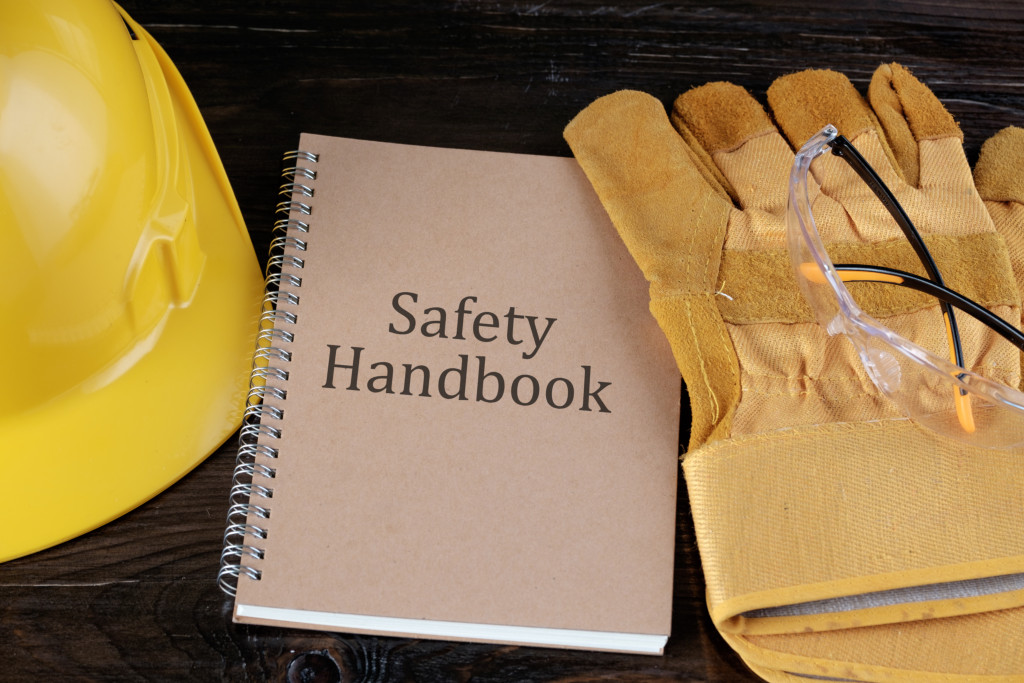It is essential to have quality control in place to have a successful food business. Quality control ensures that the products and services you offer meet the standards you have set for them. Especially in the food business, there are many factors to consider when it comes to quality control.
There are several ways to establish and maintain quality control in your business. This article will discuss some tips to help you keep your food business running smoothly and keeping your customers happy.
1. Set up a quality control team
A dedicated quality control team is a great way to ensure your food business is running smoothly. This team should be responsible for ensuring that all of your products meet the standards you have set. They should also be able to identify and resolve any issues.
Organizing a quality control team can be done in many ways. One way is to have each team member responsible for a specific area. For example, you may have one person responsible for checking the quality of the food, another person responsible for checking the packaging, and another responsible for checking the labels.
You can also have the team work together to check all of the products. You can do this by having each member check the products or by having each person check a different batch of products.
2. Implement a quality control system
Every business should have some quality control system in place. This system should be designed to ensure that all your products meet your set standards. There are many different quality control systems that you can use.
One type of system is called statistical process control (SPC). This system uses statistical methods to monitor and control the quality of your products. It is important to note that SPC can be used for various products, not just food.
Another type of system is called Six Sigma. Compared to SPC, Six Sigma is more focused on preventing defects in your products. This system uses many tools and techniques to achieve this goal, including process mapping and process capability analysis.
3. Use technology properly.
Most businesses use some technology to help with their quality control. For example, many companies use barcodes to track their products. Barcodes can be used to track when a product was made, where it was shipped from, and when it was sold.
The equipment directly producing food products can also have technology built into them to help with quality control. For example, some food-grade transfer pumps have sensors that can detect foreign particles in the transferred product. This helps prevent contamination and ensures that only the highest quality products are transferred.
You can also use technology to help you track and analyze data. For example, you can use a spreadsheet to track the results of your quality control tests. You can then use this data to identify trends and change your quality control procedures.

4. Train your employees
One of the most important aspects of quality control is training your employees. Your employees need to be appropriately trained to follow your quality control procedures. They also need to be aware of the standards you have set for your products.
Depending on the size of your business, you may need to train your employees regularly. For example, you may need to provide refresher courses on quality control procedures. You may also need to provide new employees with training on your quality control procedures. They need to be adequately trained to perform their duties effectively.
5. Perform regular audits
Food production is a regulated industry. This means that many different agencies audit food businesses. You can perform these audits for various reasons, including ensuring that the food business complies with food safety regulations.
Food businesses need to perform regular audits. These audits can help identify areas where the company is not complying with quality control procedures. Audits can also help identify any areas where improvements need to be made.
It is important to take corrective action if any fault is found during an audit. This disciplinary action may involve changing your quality control procedures or providing additional training to your employees. It is important to note that you may need to perform audits more often if you have been non-compliant in the past.
Quality control is an essential aspect of any food business. Because of this, it is vital to have a quality control system in place. If you do not have a quality control system in place, you may want to consider implementing one. With a quality control system in place, you can ensure that your products are of the highest quality.
